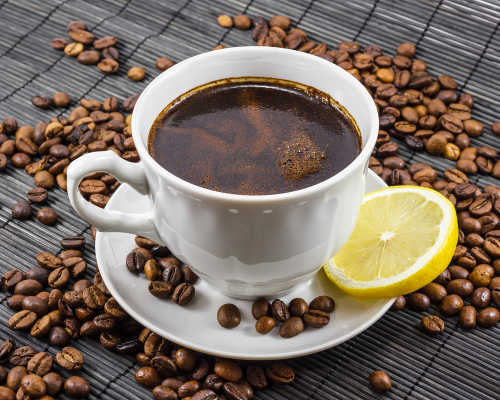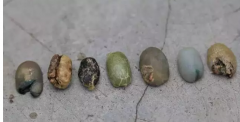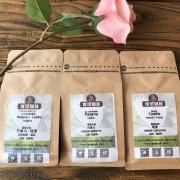Shallow roasted coffee beans Why is my coffee so sour?
For professional baristas, please follow the coffee workshop (Wechat official account cafe_style)
In fact, coffee itself is an acidic drink, whether coffee is sour or not depends on the baking degree of beans. The longer the roasting time is, the higher the caramelization degree is, the more acidic substances are destroyed, the less sour the coffee is, the shorter the baking time is, the lower the caramelization degree is, and the less acidic substances are destroyed. It is easy to make sour coffee, that is to say, the roasting degree is inversely proportional to the sour taste. The deeper the roasted coffee is, the more sour the coffee is, and the shallower the roasted beans are. In addition, the temperature of brewing coffee also has an effect. Water with a lower temperature is certainly more likely to make sour coffee than a slightly higher water temperature. I am afraid that the sour people had better drink the coffee while it is hot, otherwise the sour taste of the coffee will appear as the temperature drops. The preference of coffee roasting degree from country to country often varies from region to region. In principle, the baking degree in Italy is getting deeper and deeper from north to south. Milan in the north of Italy is roasted deeply, and the coffee is slightly sour, while Rome in the south is heavy-roasted and the coffee has no sour taste. The roasting of coffee in the United States is getting lighter and shallower from west to east, that is to say, the roasting degree of West Bank cities such as San Francisco and Seattle is deeper than that of New York or Washington. West Bank coffee is darker and more bittersweet than the East Coast, while the East Coast prefers a more lively sour taste, mostly deep roasting or shallow roasting. The baking degree in Taiwan is deeper in the south than in the north. There is no market for sour coffee in southern Taiwan, but there are a small number of eosinophiles in northern Taiwan, and shallow roasting is still a small market. Caffeic acid is not a criterion for judging whether the quality is good or bad or whether it is fresh or not. it is all a matter of subjective taste. If you are afraid of acid, you will choose deep baked beans or Asian beans, and if you are acidophilic, you will drink shallow baked beans or African beans.

Important Notice :
前街咖啡 FrontStreet Coffee has moved to new addredd:
FrontStreet Coffee Address: 315,Donghua East Road,GuangZhou
Tel:020 38364473
- Prev

What are the grading methods of raw coffee beans
Classification according to the size of coffee beans this classification is based on a variety of perforated sieve, the sieve has a variety of specifications, identified by the number, the number is associated with the mesh. The size of the mesh-1 stroke 64 inches is the unit of calculation. If the diameter of the mesh is 18 stroke 64 inches, the number of the screen is 18; if the diameter of the mesh is 17 inch 64 inches, the number of the screen is 17. With this kind of
- Next

How to understand the meaning of coffee bean packaging
For professional baristas, please follow the coffee workshop (Wechat official account cafe_style) 1. Brand name: obviously, all companies will print their brand name on the package. Brand is an important basis for choosing coffee, but keep in mind that the bigger the brand (such as Starbucks), the better the quality of coffee. Sometimes choosing small brands of beans will bring you surprises.
Related
- Beginners will see the "Coffee pull flower" guide!
- What is the difference between ice blog purified milk and ordinary milk coffee?
- Why is the Philippines the largest producer of crops in Liberia?
- For coffee extraction, should the fine powder be retained?
- How does extracted espresso fill pressed powder? How much strength does it take to press the powder?
- How to make jasmine cold extract coffee? Is the jasmine + latte good?
- Will this little toy really make the coffee taste better? How does Lily Drip affect coffee extraction?
- Will the action of slapping the filter cup also affect coffee extraction?
- What's the difference between powder-to-water ratio and powder-to-liquid ratio?
- What is the Ethiopian local species? What does it have to do with Heirloom native species?

